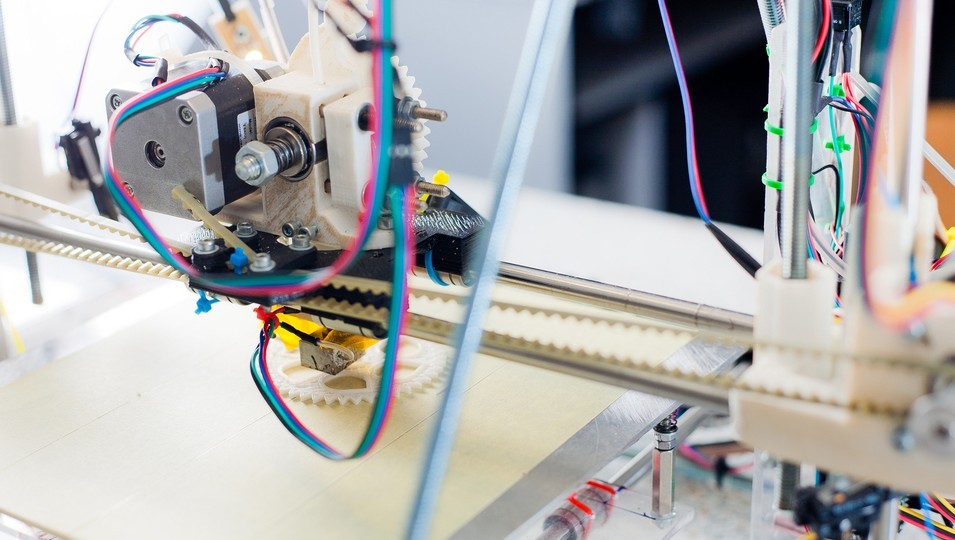
Successfully bringing a new product or service to market is the hallmark of an entrepreneur, but how do you take an idea from a scrap of paper all the way to the marketplace? Understanding whether an idea is feasible is a joint effort that requires skills such as creativity, engineering, design and manufacturing.
The most important factor is making sure you understand the feasibility of an idea at the earliest opportunity. There are a number of fundamental questions to ask in such a process:
Is there sufficient demand for a product like yours?
Consumer demands and the mechanics of product development are rapidly changing. This brings an additional challenge to delivering innovative ideas to the market as demand needs to be interpreted appropriately, the concept has to be fully realised and the commercial proposition optimised for its market. Market analysis and appraisal is a tricky task. It requires strong skills and a deep knowledge of the commercial context.
A properly assessed market is the result of logical analysis and interpreting trends and aspirations. Your potential consumers are the best experts you could recruit for this endeavor.
Is your idea strong enough for an investor to invest in?
Any successful entrepreneur will tell you how developing a new product can drain your money. At some point you’re going to need an injection of cash and any investor, be it a bank, enterprise fund, or business angel is going to want to be as sure as they can be that they will get a return on investment.
Of course, you will be willing to lay your own money on the line, but putting yourself in the shoes of a potential funder / investor offers a good litmus test as to whether your product has a future.
Can your product be tested cost-effectively?
Technology can play an important role in the process of understanding whether your idea has legs. New technologies are now accessible and allow you to test the visual impact of a new product idea and its desirability without having to take on full development of the physical product.
Moreover, as you can imagine, such feasibility tests can be performed at a fraction of the cost of traditional prototypes.
Will the product sell?
There may be demand for your product, but a large part of determining whether it will actually sell comes down to knowing and understanding your audience. With the introduction of intelligent technology you can adjust your offering and your audience early in the product development cycle and without relying solely on the initial sales figures post launch.
Technology can assist you in specifying who your potential customers are and, most importantly, to refine your commercial proposition to maximise audience size and, ultimately, sales.
Can the product be developed without impacting on existing business?
I have worked for large organisations, especially in the UK, were the MD demands more and more product ranges in the effort to make the company more successful. These demands often run down the product teams, overwhelm the sales teams and upset the manufacturing partners.
In addition, the proliferation of the product portfolio without clear market analysis can lead to the dilution of the brand value and might result in significant underperformance.
Find out more
Specific product development and innovation support, including the UCLan Innovation Clinic, is available to manufacturing and engineering businesses through Boost. Start the growth conversation by completing our online form or calling us on 0800 488 0057.
Author
Martin Jones, Innovation Manager for the UCLan Innovation Clinic. Martin’s background is in product research design and development, with a specific interest in product performance and consumer behaviour. He has worked for some of the biggest names in the product and retail sectors, bringing to market leading technologies in the sports performance industry and in broader product sectors.




The website uses cookies.
Some are used for statistical purposes and others are set up by third party services. By clicking 'Accept all & close', you accept the use of cookies. For more information on how we use and manage cookies, please read our Cookie Policy.